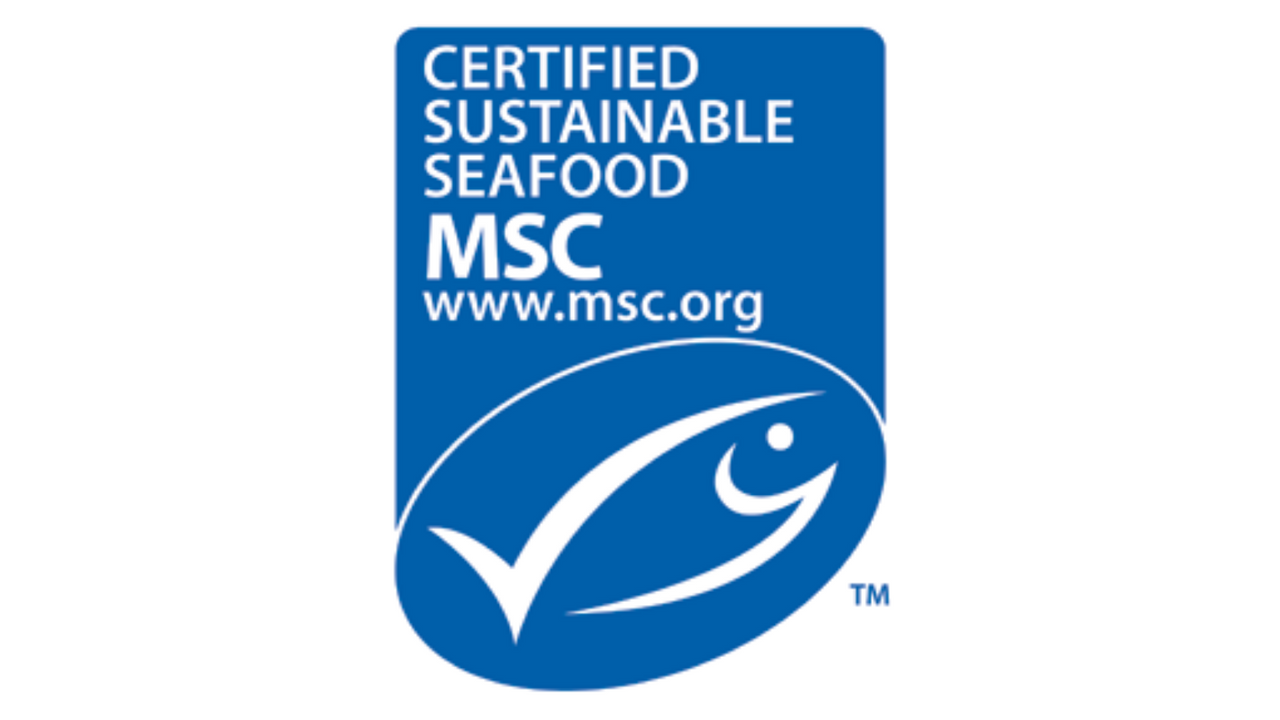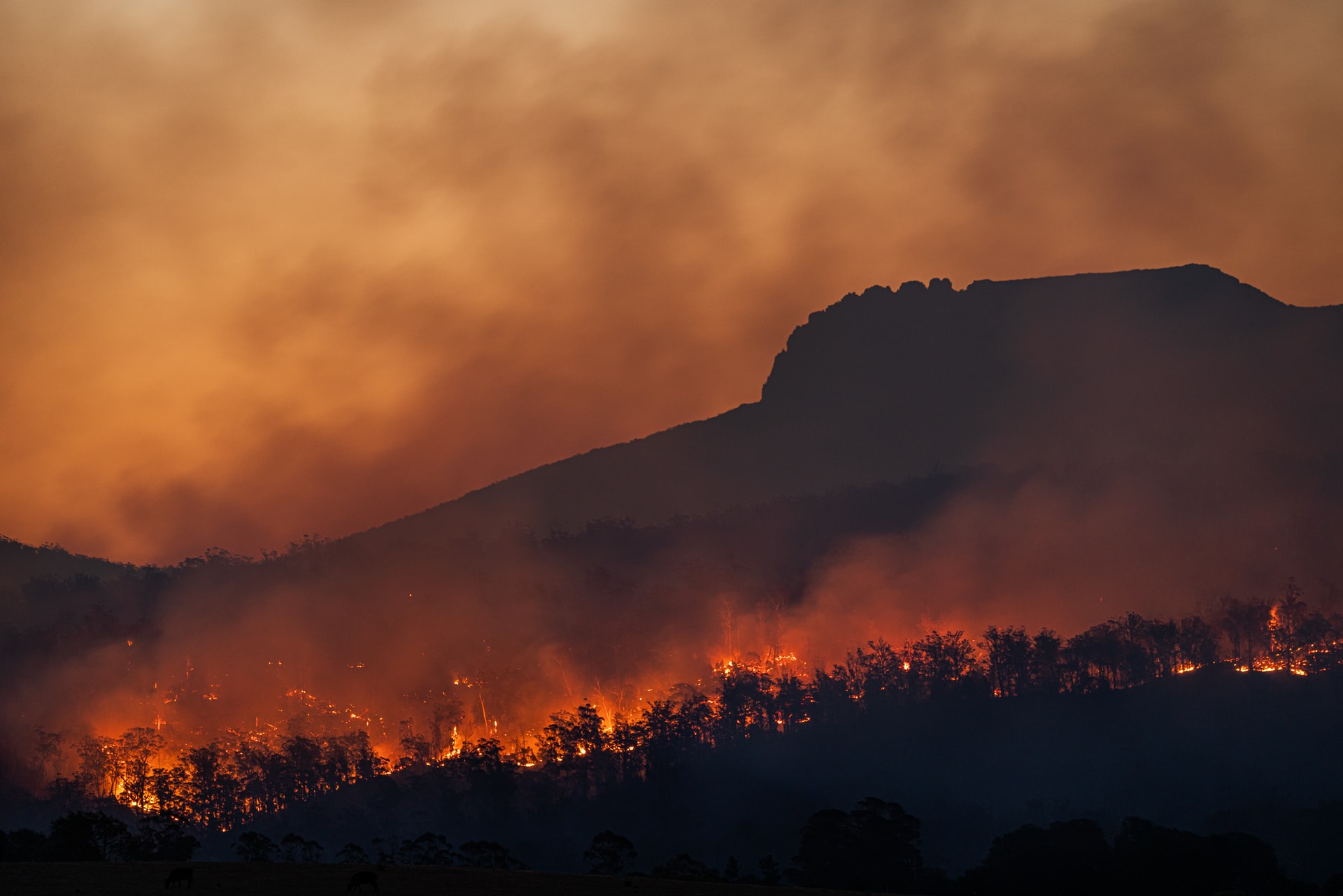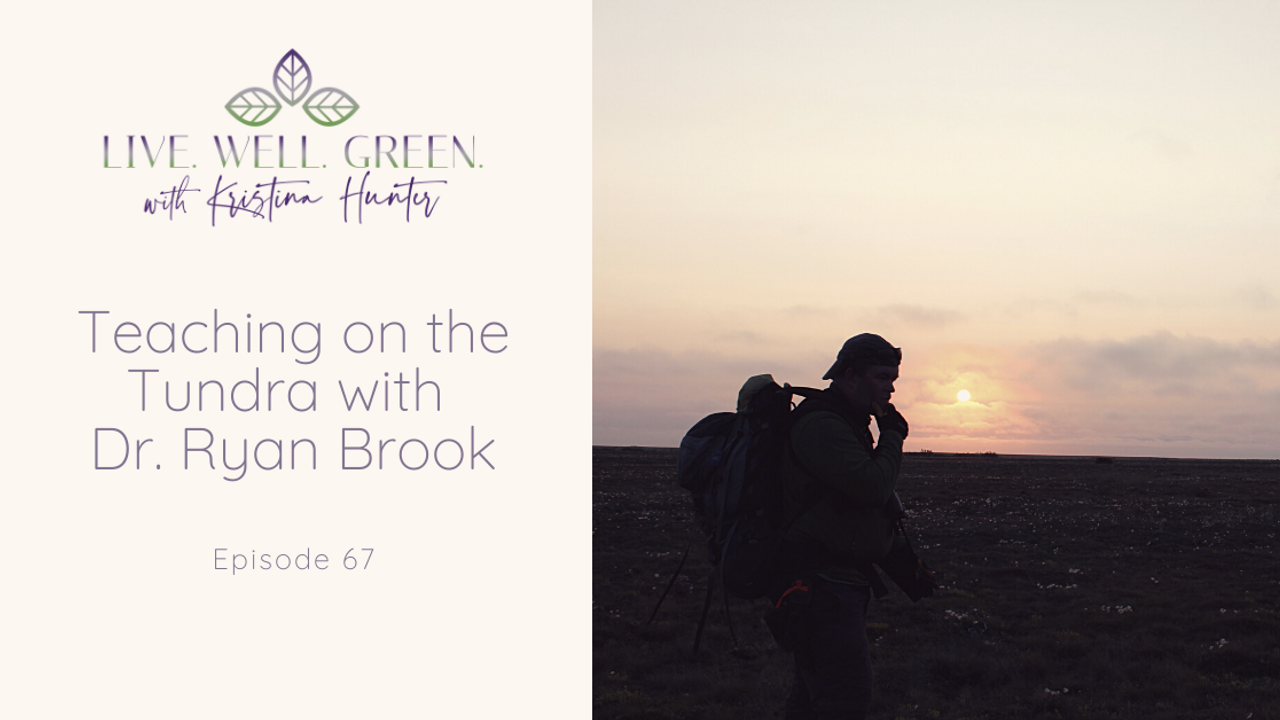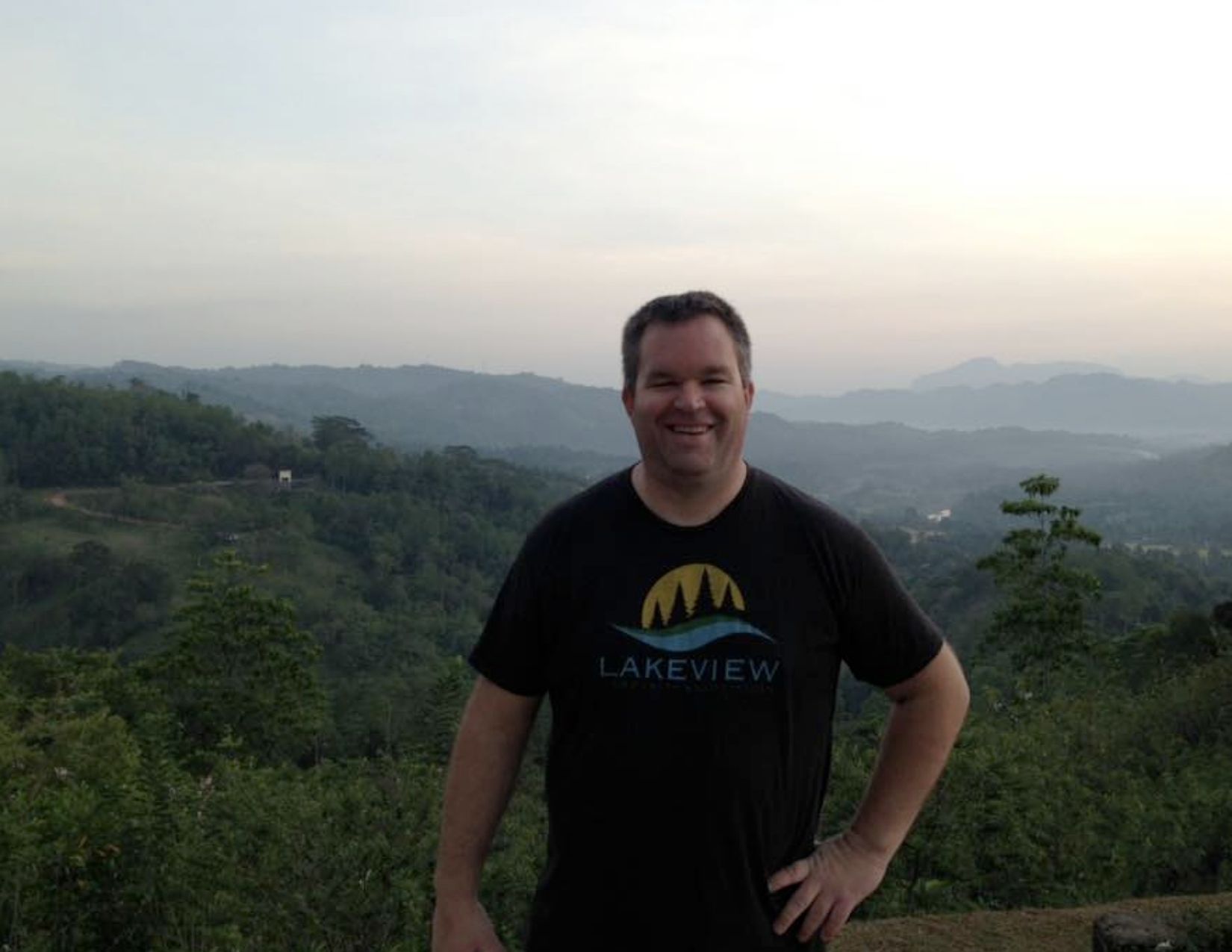Sustainable wellbeing and green living
Let's find ways to Flourish!
#EarthOptimism

If you’ve noticed that mainstream environmental news tends to be increasingly negative and concerning, you’re not alone. And to be fair, there are lots of environmental issues to be concerned about – so it’s natural that these issues, such as forest fires, floods, and increasing carbon dioxide levels in the atmosphere, are being reported on.
It is true that this type of environmental reporting can be effective. Especially for those who may be unaware of how serious the issue of climate change is. But for the rest of us who are aware of these issues and are taking steps to live more sustainably, being constantly bombarded with negative news can be exhausting, and even depressing.
In fact, it might even be increasing your eco-anxiety. Eco-anxiety is often defined as a chronic fear of environmental doom which stems out of a place of deep caring for the planet and its inhabitants. To learn more about eco-anxiety, check out episode 5 from my Live.Well.Green Podcast “Strategies for Combatt...
Finding our way with humane technology

I’m sure for many of us it is difficult to imagine our lives without technology. More specifically, technological devices that connect us to the internet such as cell phones, laptops, gaming systems, computers, and tablets can often seem like lifelines. If you’ve ever caught yourself thinking “wow, what would I do without the internet?” you’re not alone.
It really does come in handy when you need to find a substitute ingredient when cooking or baking, get directions, want to learn more about a subject or topic you are interested in, and so much more. This very blog post wouldn’t be accessible without technology! So, there is no denying that technology is useful and can improve the quality of one’s life.

However, in many ways the internet is quite unregulated and can end up being harmful. Unfortunately, consumer technology is created in a way that doesn’t actually have the consumer's best interests at heart. This is what the Centre for Humane Technology wants to fix.
The Centre for...
How to make your coffee even better

I confess that while I drink my herbal tea all day long, my morning treat is one really good cup of coffee. We all have those treats, and if coffee is one of your go-to choices perhaps it’s an iced cappuccino on a hot day or a morning dose of caffeine, it is worth considering if we can make coffee better.
With nearly 2 billion cups consumed every day across the globe, coffee is one of the world’s most popular drinks, and, according to Fairtrade, with 125 million people whose livelihoods depend upon it, coffee is also the most valuable and widely traded agricultural product. As with any industry this size, coffee production has significant environmental and social impacts, and it is important to remember that our beloved caffeinated beverage affects more than our sleep schedules. Your daily cup of coffee presents an opportunity to choose sustainability and start off your day with a positive impact on the world around you.
Navigating the world of sustainable coffee can present its own ...
Can we create a new social contract with Indigenous Peoples?

According to the United Nations, there are over 476 million Indigenous Peoples living in 90 countries around the world. A large portion of the world’s cultural diversity can be attributed to Indigenous Peoples, as they represent a wide variety of cultures, traditions, languages, knowledge systems, and worldviews.
Many Indigenous cultures also have strong ties to their lands, resulting in sustainable and knowledgeable stewardship practices that have the potential to fight climate change and biodiversity loss. For example, the Indigenous Peoples of Australia have been using fire to manage forests for thousands of years.

However, Indigenous Peoples have historically, and continue to face issues such as poverty, discrimination, cultural genocide, marginalization, and other human rights violations. Take the indigenous Peoples of Canada, for example.
The Indigenous Peoples of Canada have been subjected to cultural genocide for over a century. Through the establishment of policies and la...
Better seafood choices are within reach

It is no secret that the food we consume helps to determine our environmental impact. On some level, we know this is the case. However, it can be easy to overlook and misunderstand the exact environmental impacts of our food. This is because we are so removed from the production, processing, and transportation processes that bring our food from farm or sea to our dinner tables.
The truth is, that many of us are quite unaware of the impacts our food has on the environment throughout multiple stages in what can be a complex food supply chain. This lack of knowledge may lead us to make incorrect judgments about the sustainability of our food choices.
For example, many people choose to eat fish and other seafood as an environmentally friendly alternative to meat such as chicken, beef, and pork.
Is seafood sustainable?
It is true that seafood has a smaller carbon footprint than other meat. This is because wild-caught fish feed in the wild, and don’t require land or fresh water, and are ...
How to be an eco-traveler

Lots of us like to travel, and indeed there are many economies that rely on tourism and travel, but the COVID-19 pandemic largely shut that down and while we saw reductions in air pollution levels from the dramatic decline in air travel as well as far fewer vehicles on the road, we know that travel will remain an important part of our world. So, let’s talk about the intersection between travelling and sustainability, otherwise known as eco-travel.
The problem with tourism
When we think of tourism and common tourist destinations, we might associate this with harmful environmental actions and practices. For example, carbon-heavy flights, overpopulated tourist destinations where humans leave their imprint, the unnecessary purchasing of cheaply made souvenirs, and more.
While tourism is a major industry that makes a significant economic contribution to many countries, there are many social and environmental issues associated with tourism. These problems include the potential change or l...
Don’t wait, begin your Race to Zero

Now, more than ever, we must make a worldwide effort to reduce and even eliminate our use of carbon. Climate change is no longer a problem of the future…it’s happening now, and it has devastating impacts that are becoming increasingly difficult to ignore.
Look at Canada, for example. Canada experienced record-breaking heat levels in the summer of 2021. Within two days, the Canadian temperature record increased from 45°C (113°F) (recorded in 1937) to 47.9 °C (118°F). Not only was this the hottest temperature that Canada had experienced, but it was also the highest temperature ever recorded on the planet north of 50N latitude. Crazy right?

Rising temperatures have serious human health and environmental consequences. Just last year, air temperatures reached 38°C (100°F) in Siberia, causing the acceleration of permafrost thawing in the region. Permafrost contains a large amount of greenhouse gases which are released into the atmosphere as it thaws.
And the impacts of climate change do...
Why the environment needs art activists

For thousands of years, humans have expressed themselves, their emotions, and their experiences through art, whether it be through cave paintings, intricate sculptures, or hastily drawn sketches in the back of a notebook.
More than just a fun pastime, the creation of art can also be thought of as the creation of culture, as these two cannot exist without one another. Art not only contributes to and shapes culture, but reflects culture as well.

Seeing that culture is often thought of as the defining characteristic that separates humans from other living species, it is only natural that humans are drawn to art, whether that be creating or viewing it.
Since art is such a significant part of the human experience, it can, and often is, used as a tool for conveying important messages. I love to see when art is cleverly used as a tool for environmental activism!
Images vs. words
Sometimes numbers and statistics just aren’t enough to make us truly understand the detrimental impacts of c...
4 Ways to Make Industrial Decarbonization a Reality

Yes – individual actions are very important when it comes to reducing our environmental impact and ensuring the sustainability of our planet and its ecosystems. However, we also need to think big picture in order to make the necessary transition to a greener way of living. Not only is it beneficial for individuals and businesses to go green, but for entire industries as well!
Did you know that emissions from the industrial sector comprise one-third of all global emissions? It is no secret that our economies rely heavily on the industrial sector. A wide variety of industries are responsible for producing the items we rely on in our everyday life. For example, items such as cellphones, homes, city structures, consumer goods, as well as many more, are made up of materials that are produced by the industrial goods sector.

This reliance on and prevalence of the industrial sector is why we need to find greener solutions! If we’re unable to do away with activities that negatively impact t...
Teaching on the Tundra with Dr. Ryan Brook

"This course changed my life." That is what I heard repeatedly from students who returned from their 2 week experience on the tundra with my former classmate and now colleague, Dr. Ryan Brook. I was intrigued. I don't care how great a teacher you are, it is pretty rare to have students say that your course changed their lives.
But here were multiple students each year professing this same message to me after their tundra experience. And then, I got the phone call that would change my life, and my husband's life and make it so much richer - all while doing crazy amounts of work for long hours and virtually no pay.
And I loved it.

Dr. Ryan Brook, University of Saskatchewan, Associate Professor
Of course, that phone call was from my former classmate, Ryan Brook. Ryan was now teaching a version of the course that I took when he was the teaching assistant, called Wildlife and Ethnoecology in the Manitoba Coastal Region. What a mouthful that was, but it was a great course, ...

